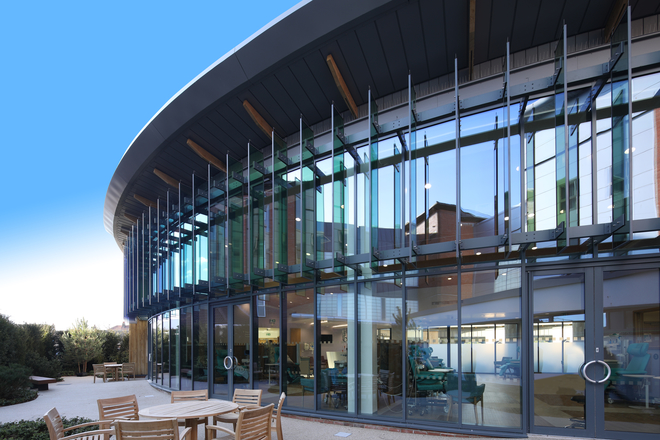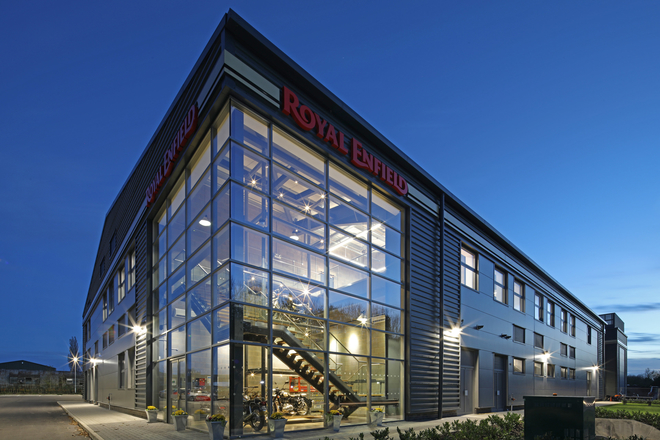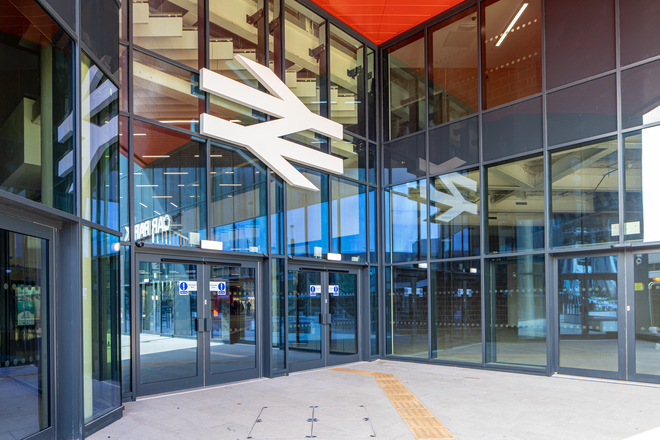
Highly glazed façades are popular on projects across sectors, but what do specifiers need to consider to ensure curtain walling performs as well as it looks? In our latest blog, we unveil our top tips for specifying commercial curtain wall systems.
Choose aluminium
Aluminium is robust, durable and fully recyclable – a perfect partner for modern-day projects where specifiers must find ways to reduce both the financial and environmental cost implications. The material’s inherent strength is another reason for the enduring popularity of aluminium curtain wall systems, as it allows large spans of glazing to be supported within much narrower frames to give the slim sightlines that many building designers prefer. The design flexibility that aluminium systems offer, particularly in terms of powder-coating to achieve an almost limitless spectrum of colours and finishes, is also a major plus point.

Monitor movement
But it’s not all about looks. A key part of the specification process is to understand how the curtain wall system will respond to potential building movement.
Although curtain walling carries no dead load other than its own, other than the possible attachment of sunshades or signage, it is affected by wind load pressures. It’s also important to consider any further deflection caused by live or imposed loads that may occur throughout the operation cycles of the building, such as the movement of workers, equipment or furniture. This deflection, if not calculated correctly, has the potential to cause the sealed units to break.
Any potential movement must be calculated and accommodated, through the careful specification of different box depths or grid sizes, to ensure that the specified curtain wall system is suitable. Approved Document A provides guidance on the loading, support and fixing for curtain walling and other wall claddings, and early engagement with your chosen fenestration systems supplier can be key to achieving compliance.

Consider caps
Different capping options for curtain walling systems also help create the desired aesthetic and there is a wide range of configurations to choose from. The use of caps conceals the exterior pressure plates that are used to secure the glass infill panels in place to achieve a more uniform façade. A fully capped system creates the traditional ‘grid’ design but caps can also be used horizontally along the transoms to help make a building look wider, or vertically along the mullions to give a structure a greater sense of height.
For large glazed facades where a flush finish is preferred, a capless curtain walling system is ideal. Also referred to as silicone sealed, this type of system can create a ‘frameless’ look as there are no face caps to interrupt the exterior view.

Don’t overlook drainage
Further flexibility is available in terms of drainage solutions, with a choice of mullion and zone drained curtain walling systems. Mullion drained systems are becoming increasingly popular as they can be quicker to install on site and they offer more flexibility for integration with sloped glazing systems.
However, the type of drainage used will depend greatly on the specific requirements of a project and consideration will need to be given to the way the curtain walling integrates with other systems, such as cladding, in terms of the design of the membranes, seals and drainage paths. With this in mind, it’s always advisable to seek advice from the system’s manufacturer prior to work commencing on site.

Keep thermal targets in view
Many fenestration systems on today’s market can help achieve ultra low-U values, but the real test of a product is how it will contribute to the overall thermal performance of a building. For example, careful planning at the design stage is required to ensure that the quest to achieve low U-values doesn’t lead to overheating problems. As it’s more expensive to cool a building using air conditioning than to heat it, it is important that the right balance is found between thermal performance, solar gain and light transmittance. Cold spots and condensation caused by thermal bridging should also be avoided. Again, this is where collaboration with the system’s manufacturer can help, particularly as there is often a considerable difference in the thermal performance requirements of both residential and commercial schemes and it is therefore important that system variations can be offered to meet the requirements of either building type.

Stay informed
With so many choices and so much to consider, it pays to engage with your suppliers and see what added value they can bring. For expert guidance on all commercial curtain wall specifications, why not ask us about our approved ‘Curtain Wall – Design, Detail, Delivery’ CPD? You can find your regional architectural advisor here.

Comments are closed.